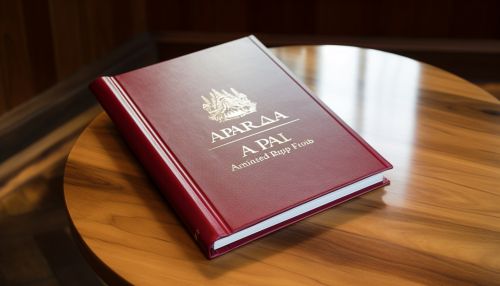APA Style
Introduction
The APA style is a writing style and format for academic documents such as scholarly journal articles and books. It is commonly used for citing sources within the field of behavioral and social sciences. It is described in the style guide of the American Psychological Association (APA), which is titled the Publication Manual of the American Psychological Association.
History
The APA got involved in journal publishing in 1923. In 1929, an APA committee had a seven-page writer's guide published in the Psychological Bulletin. In 1944, a 32-page guide appeared as an article in the same journal. The first edition of the APA Publication Manual was published in 1952 as a 61-page supplement to the Psychological Bulletin, marking the beginning of a recognized "APA style."
Structure and Use
The APA style includes rules for the structure of different types of works, as well as rules for citations within the work. The style guide also includes rules for language use and writing conventions.
Paper Sections
APA papers are divided into four sections: the title page, abstract, main body, and references. The title page includes the title of the paper, the author's name, and the institutional affiliation. The abstract is a brief summary of the paper, allowing readers to quickly review the main points and purpose of the paper. The main body includes the main content of the paper. The references page lists all the sources that have been cited in the paper.
Citations
Citations in APA style are done using the author-date method of citation. This means that the author's last name and the year of publication for the source should appear in the text, and a complete reference should appear in the reference list at the end of the paper.
Variations and Updates
The APA has published six editions of the Publication Manual. The sixth and current edition was released in 2010. In 2012, APA published an addition to their 6th edition manual, which was a guide for creating an APA style citation for any type of electronic resource. Today, this is done with the 8th edition of the APA Manual.
Criticisms
Some criticisms of the APA style are that it is confusing and that it leads to a reduction in the flexibility of the language and to an ongoing trend of increasing rigidity of scientific communication.
See Also


